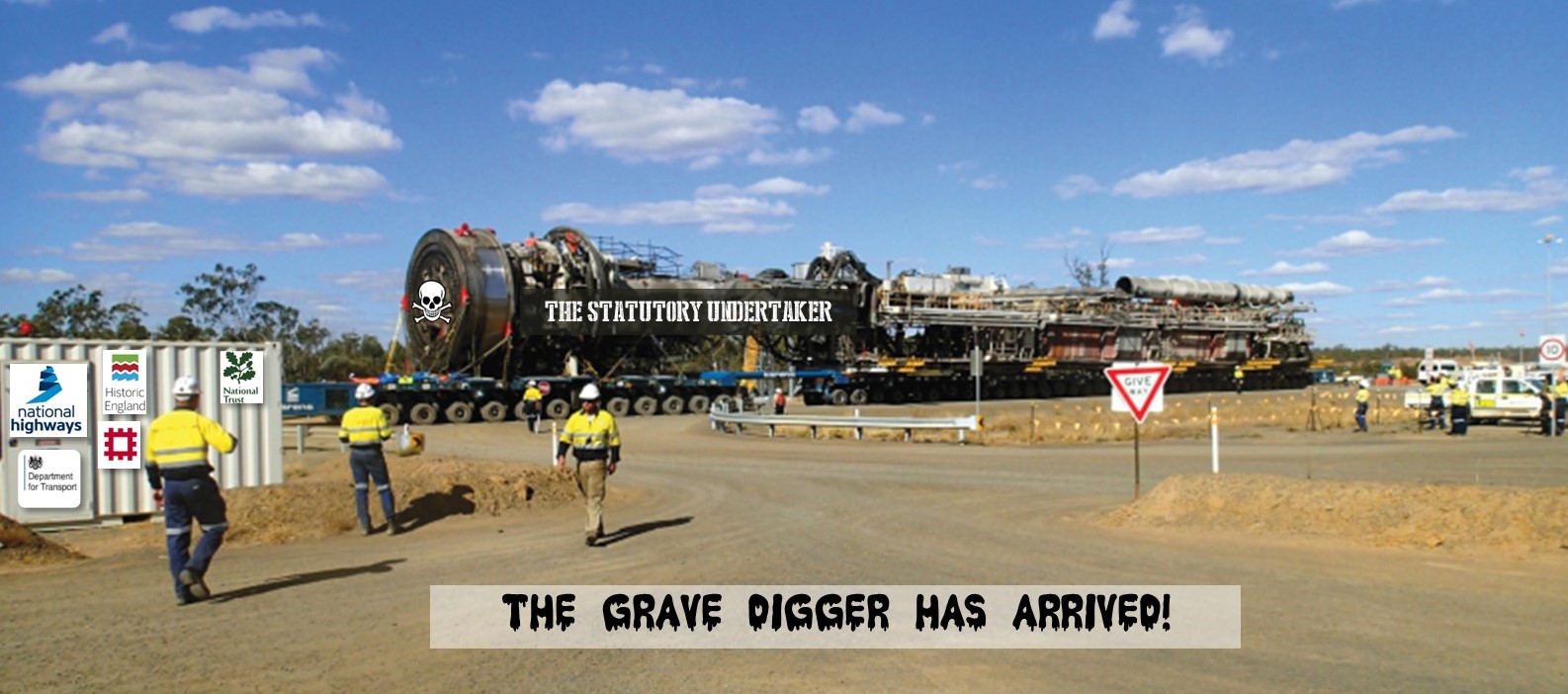National Highways granted powers over the unruly

Deep inside the cavernous,159 page document that enacts Transport Secretary Mark Harper’s decision to give the go-ahead for a tunnel and dual carriageway through the Stonehenge World Heritage Site, sits an intriguing clause.
“Article 44 (Byelaws)” of the Development Consent Order (DCO) 2023, A303 (Amesbury to Berwick Down), grants National Highways (NH) the sort of licence that a Northern Baron in medieval England, or Marcher Lord controlling the rebellious Welsh border, would have welcomed from the king. Extensive powers to clamp down on the unruly.
Britons have had an honourable tradition of directly opposing damaging infrastructure schemes, most notably the Winchester bypass in the 1980s. And recently protestors lodged for weeks in tunnels under the park outside Euston Station ahead of HS2 works, and up trees due to be felled further along the route.
And although perish the thought of any such action at Stonehenge, is there a hint in some of the byelaws that NH and the government do see Stonehenge as their next big fight with protestors? To quote legendary Welsh rugby coach Carwyn James, do they want to “get their retaliation in first”?
Dos and don’ts
There is a long list of “dos and don’ts” in the DCO. We understand why cows must not be driven through a busy tunnel: “a person must not take in…an animal unless enclosed in a motor vehicle or trailer”; why “sleeping in the tunnel” is a no-go; and that you ought to find another route if you come by “pedal cycle (whether electric or not), tricycle, barrow, cart, buggy, pedicab or rickshaw”.
But could the stated prohibitions, under “the efficient management and operation of the tunnel area”, “the maintenance of order” and “conduct of persons in the tunnel area” anticipate trouble even while work proceeds to “improve” the A303?
Ominously, staff have sweeping powers to impose fixed penalties on, for example, people who “act in any way as to cause a nuisance in the tunnel area”, but the DCO is silent on the extent of those fines.
The DCO is an impressive civil servants’ achievement. Yet there is a classic schoolboy howler, suggesting that Mr Harper could not be bothered to read much beyond the first page when he signed it off last July. Throughout, the document refers to “Highways England”, a body that ceased to exist in August 2021. It’s been National Highways ever since, hereinafter referred to as the “statutory undertaker”, the aptly named body charged with dispatching a four millennia-old landscape.
Ready? Steady? Dig!
So the stage is set. Once tiresome legal challenges are out of the way, as far as NH is concerned the DCO covers everything, including, it seems, civil discord. Though with a weird sense of priority, there is rightful concern, say, for the stone curlew’s fate. Not a blade of grass can be harmed until a replacement breeding plot is found. The DCO does not question whether the birds will actually move on, but “stone curlews” have 17 mentions. The words “world heritage site” feature just six times.
FURTHER READING
Reference for this article can be found in Schedule 8, pp107 onwards: The A303 (Amesbury to Berwick Down) Development Consent Order 2023 as made by the Secretary of State

